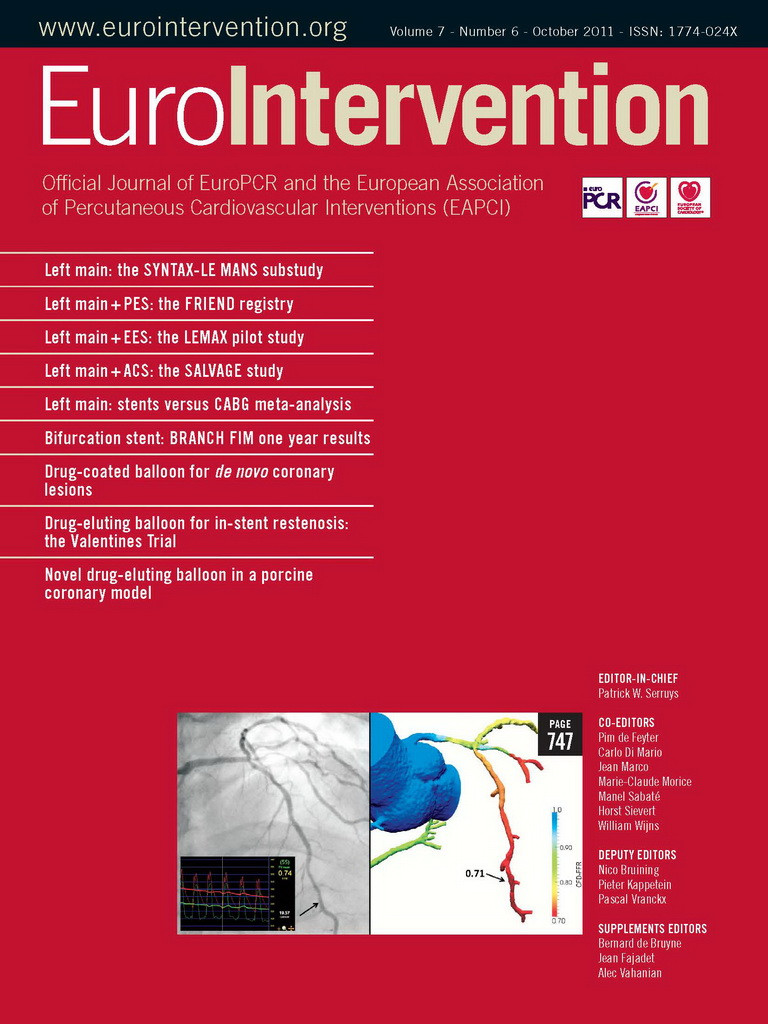Prosthesis-patient mismatch (PPM) occurs when the effective orifice area (EOA) of a normally functioning prosthesis is too small in relation to the patient’s body size, resulting in abnormally high post-operative gradients. Moderate PPM (indexed EOA<0.85 cm2/m2) may be quite frequent (20-70%) following surgical aortic valve replacement (SAVR), whereas the prevalence of severe PPM (indexed EOA<0.65 cm2/m2) ranges from 2% to 20%1. PPM, and especially severe PPM, is associated with increased risk of operative mortality, less improvement in symptoms, less regression of LV hypertrophy, more adverse cardiac events, and reduced long-term survival1.
However, the impact of PPM is not equivalent in all patients, thereby underlining the importance of individualised preventive strategies. PPM is indeed relatively well tolerated in elderly, sedentary patients with preserved LV function, whereas it has a highly detrimental impact in patients with depressed LV systolic function, severe LV hypertrophy, and/or concomitant mitral regurgitation1. The surgeon is thus confronted with a dilemma because, on the one hand, avoidance of PPM is crucial in these higher risk patients but, on the other hand, the alternative procedures that can be used to prevent PPM may increase the complexity and duration of SAVR. And, this may, in turn, translate into increased operative risk in a population that is already highly vulnerable.
Transcatheter aortic valve replacement (TAVR) has emerged as a valid alternative to SAVR. The incidence of moderate PPM reported in series of patients who received balloon- or self-expandable transcatheter valves was between 18 and 32% and that of severe PPM was between 2 and 9%2-7. Furthermore, PPM was associated with less regression of LV mass, volumes, and diastolic dysfunction as well as less functional improvement following TAVR7. It is also important to emphasise that the patient’s aortic annulus size in these TAVR series was, on average, much smaller compared to contemporary SAVR series. Accordingly, in a previous study where TAVR and SAVR cohorts were matched for aortic annulus size, the incidence of severe PPM was markedly lower with TAVR (6%) compared to SAVR (28% with stented bioprostheses and 20% with stentless bioprostheses). The superiority of TAVR over SAVR for the prevention of PPM was particularly obvious in the subset of patients with a small aortic annulus2,6. The lower incidence of severe PPM and ensuing lower residual gradients is most likely one of the predominant factors contributing to the faster and better recovery of LV ejection fraction following TAVR compared to SAVR in patients with severe AS and depressed LV systolic function3. Hence, TAVR may offer an attractive alternative to SAVR for the prevention of PPM because it ensures optimal valve haemodynamics with complete relief of LV outflow obstruction while minimising the operative risk.
Conflict of interest statement
The author has no conflict to declare.
References

